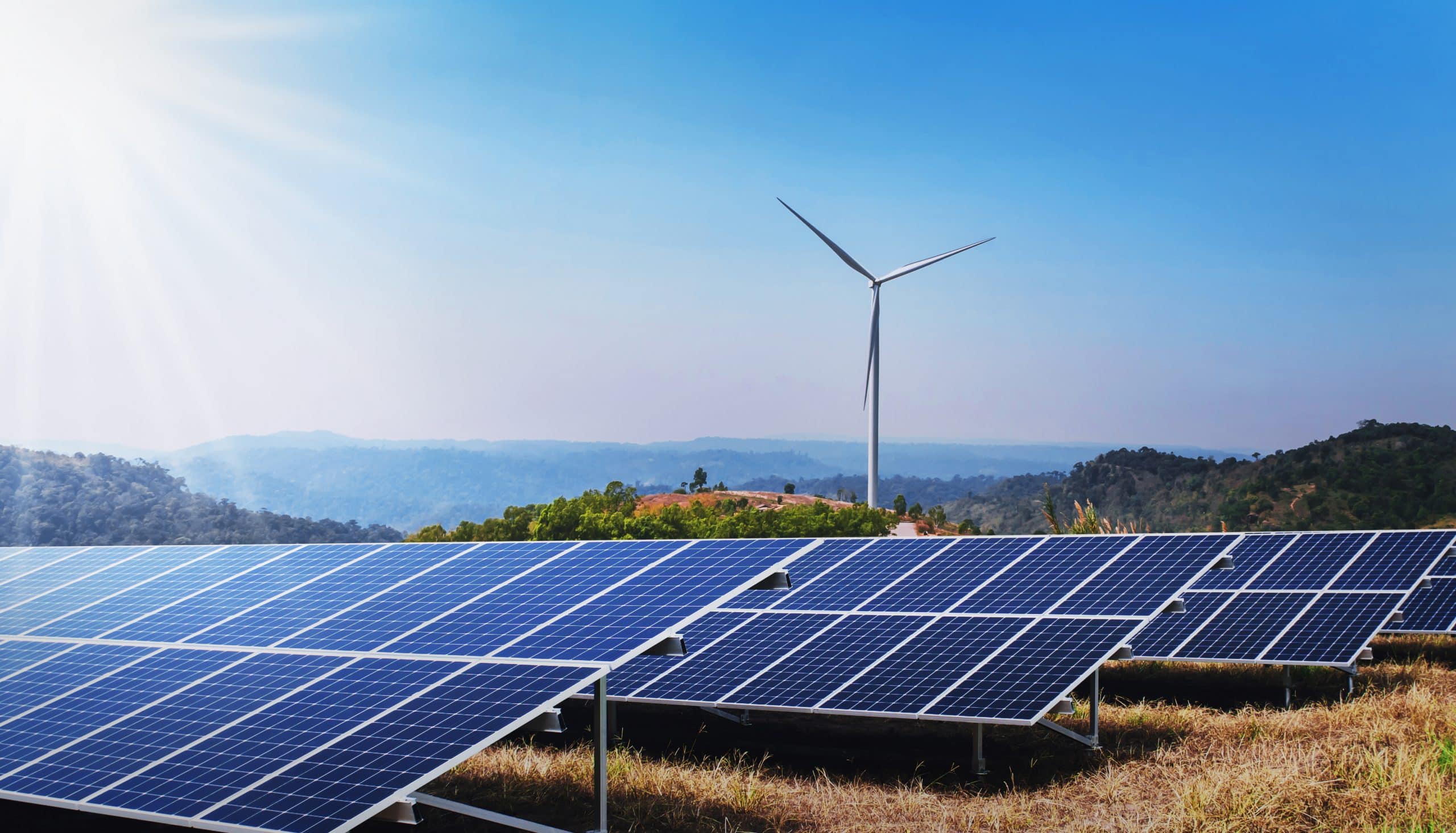Interagency Study Highlights Significant Potential for Expanding Renewable Energy on Federal Lands

The U.S. Energy Department’s National Renewable Energy Laboratory, in collaboration with the U.S. Departments of Interior, Defense and Agriculture on Jan. 15 released a study showing that there is substantial potential for further enhancing renewable energy production on federal lands. The report, named Land of Opportunity: Potential for Renewable Energy on Federal Land, finds that onshore federal lands in the U.S. could support more than 7,700 gigawatts (GW) of renewable energy capacity.
The study found that between 51 to 84 GW of renewable energy could be deployed on federal lands by 2035, requiring only 0.5 percent of total federal land area in the U.S. The level of deployment by 2035 could necessitate authorizing such projects by around 2030, is enough to provide up to around 10 percent of the reliable, renewable energy required to reach net zero emissions in the electricity sector. As it stands, the U.S. Interior Department has permitted over 30 GW of clean energy projects on federal lands, exceeding its authorized goal of 25 GW by Congress, ahead of the 2025 target date.
U.S. energy demand is expected to increase, due to growing industries such as data centers and manufacturing. The study showcases how the deployment of renewable energy resources on federal lands can provide a significant source of additional energy capacity in the coming years. Energy produced from renewable sources is cleaner from an environmental perspective and cheaper than energy produced from fossil fuels.
The results of the study are based on seven scenarios created by the researchers, with the researchers receiving expertise from various federal agencies across the nation, in order to make their models assumptions realistic.
The report finds that there is a potential for 5,750 GW of utility scale photovoltaics, 130 GW of hydrothermal, 975 GW of enhanced geothermal generation and 875 GW of land based wind on federal lands. However, due to constraints such as conservation, recreation, livestock grazing and more, the technical potential on federal lands remains 1,750 GW for utility scale solar and 70 GW for land based wind. Moreover, the study finds Out of seven deployment scenarios analysed in the study, the three central scenarios find that 51-84 GW of renewable energy would be set up on federal lands by 2035.
As it stands, only 4 percent or 8.9 GW of operating renewable energy generation in the U.S. is located on federal lands, and the study’ scenarios find that up to 12.5 percent of total 2035 renewable energy capacity could be deployed on federal lands.
EnerKnol Pulses like this one are powered by the EnerKnol Platform—the first comprehensive database for real-time energy policy tracking. Sign up for a free trial below for access to key regulatory data and deep industry insights across the energy spectrum.
ACCESS FREE TRIAL